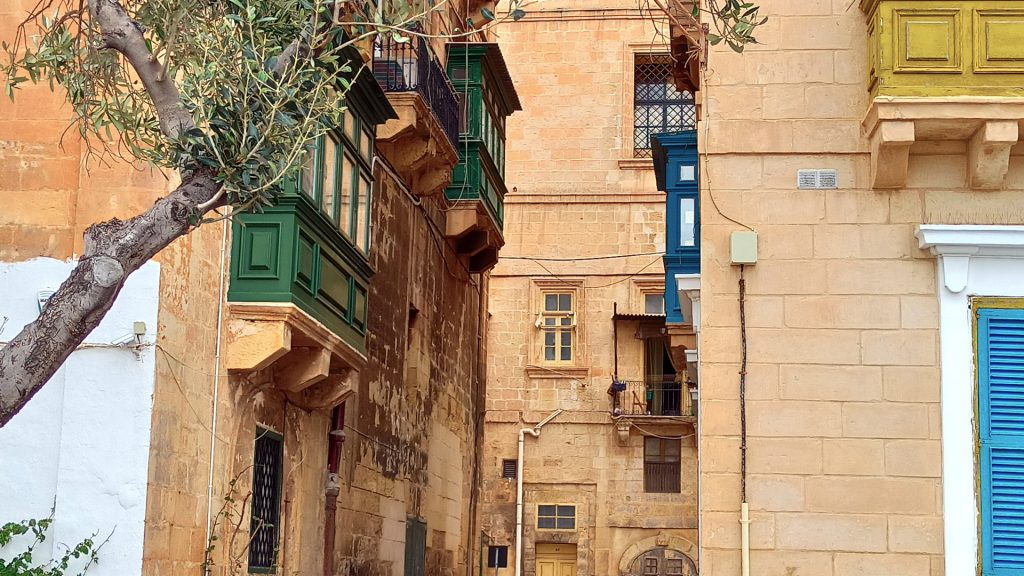Natural stone has played a significant role in Mediterranean architecture for centuries, with its versatility and durability lending itself perfectly to the region’s varied climates and terrains. From the striking limestone facades of Valletta in Malta to the ornate marble columns of the Alhambra in Spain, the use of natural stone is a defining characteristic of the region’s built environment.
In Italy, travertine has been used extensively for millennia, seen in iconic structures such as the Colosseum and the Trevi Fountain in Rome. France’s Carrières de Lumières, a former quarry turned art exhibition space, showcases the beauty of natural stone in a unique setting. Meanwhile, Greece’s stunning Parthenon is a testament to the timeless appeal of marble.
The use of natural stone is not limited to grand structures, however. In Croatia, the traditional stone houses of the island of Brač are a charming example of how local materials can be used to create simple yet beautiful dwellings. In North Africa, the kasbahs of Morocco and Algeria demonstrate how natural stone can be used to create fortifications that blend seamlessly into the surrounding landscape.
In Malta, Renzo Piano’s City Gate and Parliament project in Valletta showcases the use of limestone in contemporary architecture. The project features a façade made of locally sourced Maltese limestone, creating a modern interpretation of the city’s traditional architecture. The limestone, with its soft and warm tones, provides a sense of continuity with the surrounding historical buildings while adding a touch of modernity.
While the use of natural stone is certainly aesthetically pleasing, it also has practical benefits. Its thermal mass properties can help regulate indoor temperatures, making it a sustainable choice in a region where air conditioning is often necessary. Additionally, the use of locally sourced stone supports regional economies and reduces carbon emissions from transportation.
The use of natural stone in Mediterranean architecture has stood the test of time and continues to be a relevant and sustainable choice today. Its versatility and durability make it a key element in the region’s built environment, and its aesthetic appeal adds to the beauty of the Mediterranean landscape.



